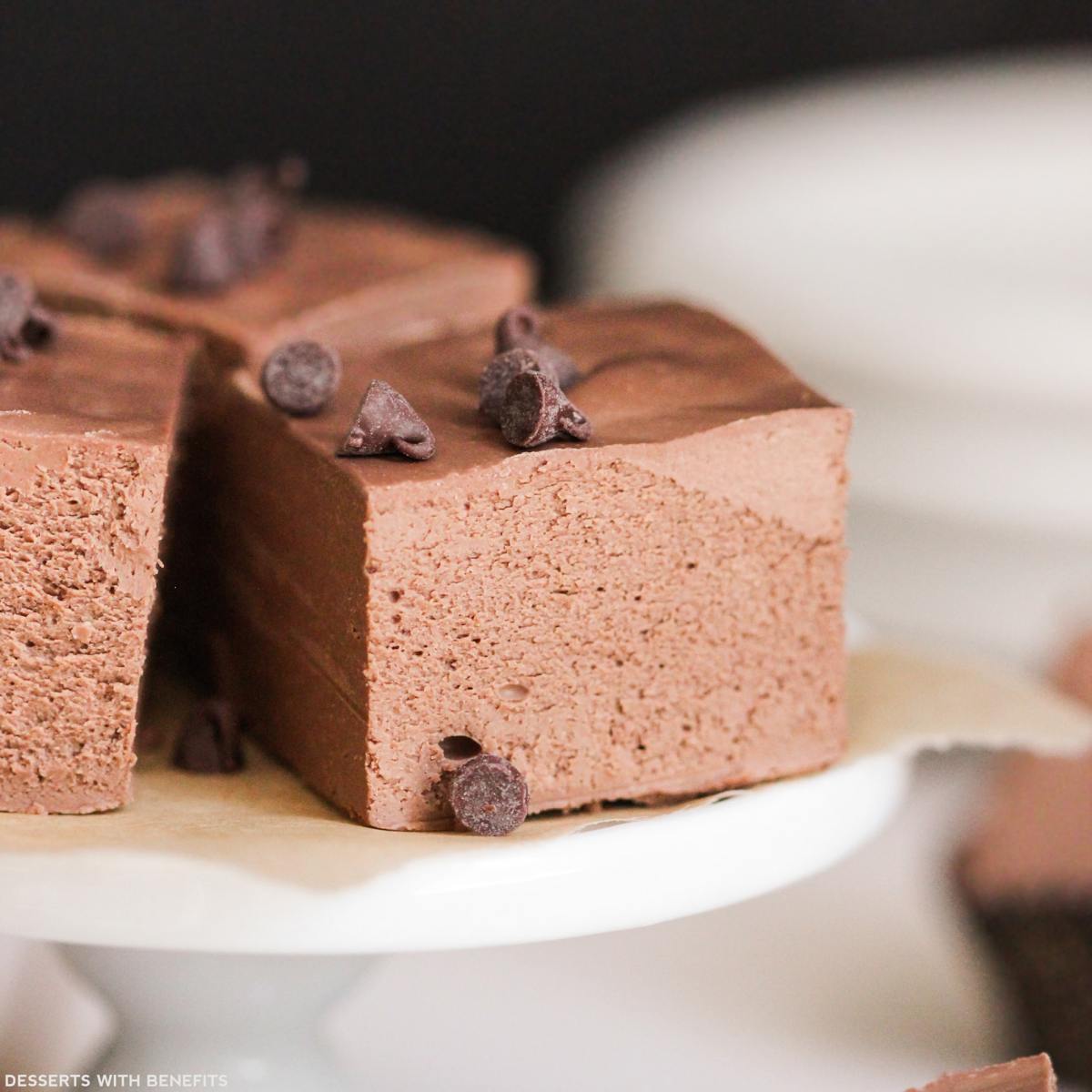Indulge your sweet tooth without the guilt! This comprehensive guide explores the delightful world of healthy gluten-free desserts crafted with minimal added sugar. We’ll unveil delicious recipes that showcase the natural sweetness of fruits and the versatility of alternative sweeteners, proving that decadent treats can also be nutritious and kind to your body. Prepare to discover a collection of innovative recipes, expert tips, and nutritional insights that will transform your baking experience and redefine your perception of healthy desserts.
From fluffy gluten-free cakes to vibrant fruit crumbles and no-bake delights, we cover a wide range of tempting options. Learn how to master alternative sweeteners like maple syrup and stevia, understand the nutritional benefits of gluten-free ingredients, and troubleshoot common baking challenges. Whether you’re a seasoned baker or a kitchen novice, this guide provides the knowledge and inspiration to create stunning, healthy desserts that are as pleasing to the palate as they are to the body.
Exploring Alternative Sweeteners in Gluten-Free Baking

The delightful world of gluten-free baking often necessitates a shift from refined sugar to alternative sweeteners. This exploration delves into the nuances of various options, examining their impact on taste, texture, and nutritional profiles within gluten-free creations. Understanding these differences is crucial for achieving consistent and delicious results.
Alternative Sweetener Comparison
A careful selection of sweetener is paramount in gluten-free baking. The following table compares three popular choices, highlighting their unique properties.
| Sweetener | Taste Profile | Texture Impact | Nutritional Benefits |
|---|---|---|---|
| Maple Syrup | Rich, buttery, slightly caramel-like with a hint of woodsy notes. The intensity varies depending on the grade. | Adds moisture and can contribute to a slightly denser texture. May require a reduction in liquid in the recipe. | Source of antioxidants and minerals like manganese and zinc. Higher in calories and carbohydrates than some other options. |
| Honey | Floral, sweet, with varying notes depending on the floral source. Can range from light and delicate to dark and robust. | Adds moisture and can contribute to a slightly chewier texture. The type of honey can influence the final product. | Contains antioxidants and trace minerals. Higher in calories and carbohydrates than some other options. Note that honey should not be given to infants. |
| Stevia | Intensely sweet, with a slightly lingering aftertaste that some find less desirable than other sweeteners. | Minimal impact on texture, often used as a sugar replacement without significantly altering the recipe. | Low in calories and carbohydrates, making it a popular choice for those watching their sugar intake. However, it lacks the nutritional benefits of honey or maple syrup. |
Fruit Purees as Natural Sweeteners
Fruit purees offer a delightful way to incorporate natural sweetness and moisture into gluten-free desserts. Their vibrant flavors add depth and complexity, while their inherent moisture content contributes to a tender crumb. Applesauce, pumpkin puree, and banana puree are particularly versatile options. Applesauce lends a subtle sweetness and moist texture to cakes and muffins, while pumpkin puree adds a warm, spiced flavor to breads and cookies. Banana puree, with its inherent sweetness, can replace a portion of the sugar in many recipes, contributing to a moist and tender result. The color and flavor profile of the final product will vary according to the type of fruit used.
Substituting Refined Sugar in Gluten-Free Cookies
Let’s consider a classic gluten-free chocolate chip cookie recipe. To substitute refined sugar with maple syrup, you’ll need to reduce the overall liquid in the recipe by approximately 1-2 tablespoons for every 1/4 cup of granulated sugar replaced. This is because maple syrup adds moisture. Furthermore, you might need to slightly increase the baking time to ensure the cookies are fully baked through. The resulting cookies will have a richer, more complex flavor profile than those made with refined sugar alone.
Balancing Sweetness and Flavor with Alternative Sweeteners and Spices
A well-balanced dessert harmoniously combines sweetness with complementary spices. Consider this Gluten-Free Spiced Apple Cake:
This recipe uses a combination of applesauce and maple syrup for sweetness. The spices, such as cinnamon, nutmeg, and ginger, enhance the apple’s natural flavors and balance the sweetness, creating a warm and comforting dessert. The applesauce adds moisture, contributing to a moist and tender crumb.
Tips for Successful Alternative Sweetener Use
Careful consideration of alternative sweeteners is key to success in gluten-free baking. Here are five tips to avoid common pitfalls:
- Start with small substitutions: Begin by replacing a small percentage of the refined sugar with your chosen alternative to assess its impact on taste and texture.
- Adjust liquid accordingly: Many alternative sweeteners add moisture. Reduce the liquid in your recipe as needed to compensate.
- Consider the impact on browning: Some alternative sweeteners may affect browning. Adjust baking time as needed.
- Experiment with flavor combinations: Explore how different sweeteners pair with various spices and extracts to achieve your desired flavor profile.
- Read labels carefully: Pay close attention to the sweetness level and other ingredients in alternative sweeteners.
Creating delicious and healthy gluten-free desserts with minimal sugar is achievable and rewarding. By embracing natural sweetness, exploring alternative sweeteners, and understanding the nuances of gluten-free baking, you can enjoy guilt-free indulgence. This guide has equipped you with the recipes, techniques, and knowledge to embark on a culinary journey filled with flavorful and nutritious treats. So, gather your ingredients, unleash your creativity, and savor the sweetness of healthy baking!
User Queries
Can I use regular flour in these recipes?
No, these recipes are specifically designed for gluten-free diets. Using regular flour will alter the texture and result in a different final product.
How long can I store these desserts?
Storage times vary depending on the recipe. Generally, most of these desserts should be stored in an airtight container in the refrigerator for 3-5 days. Check individual recipes for specific storage instructions.
Are these desserts suitable for people with other dietary restrictions?
Many of the recipes can be adapted to accommodate other dietary needs, such as dairy-free or vegan diets. However, careful ingredient substitutions might be necessary. Always check the individual recipe for specific dietary information.
Can I freeze these desserts?
Some desserts freeze well, while others do not. Check individual recipes for freezing instructions. Generally, no-bake desserts and certain cakes freeze well.


